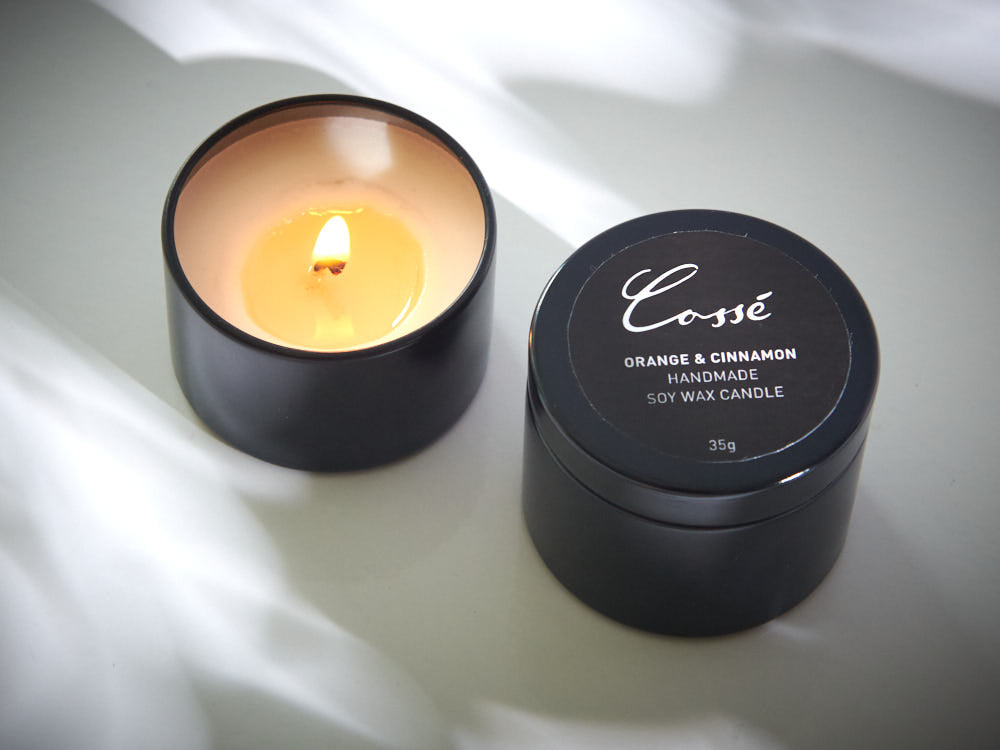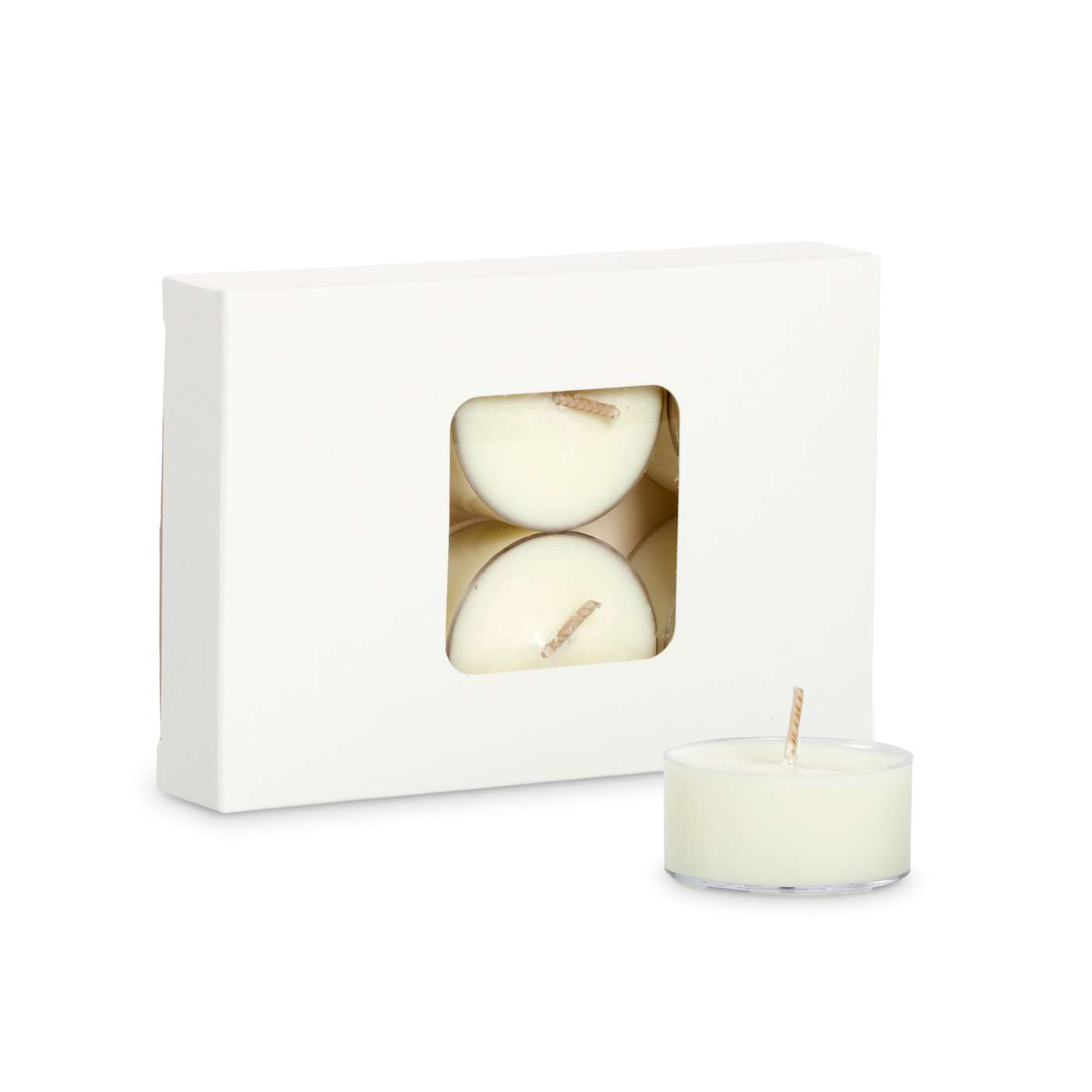From Wick to Wax: Understanding the Chemistry Behind Soy Wax Candles and Their Environmental Effect
As we brighten our spaces with the warm radiance of candle lights, there exists a realm of intricate chemistry behind the seemingly easy act of lighting a soy wax candle. Join us as we unwind the clinical intricacies behind soy wax candle lights and discover their implications on our setting.
Soy Wax Vs. Paraffin Wax
When contrasting soy wax and paraffin wax for candle production, it is important to comprehend the distinctive features and benefits of each material. Soy wax is a natural, renewable energy stemmed from soybean oil, making it environment-friendly and naturally degradable - crystal soy candles. On the other hand, paraffin wax is a by-product of oil refining, which elevates problems concerning its environmental effect and sustainability
Soy wax candle lights shed cleaner and produce much less soot compared to paraffin wax candle lights, making them a healthier option for interior air top quality. Furthermore, soy wax has a lower melting point, permitting a longer-lasting candle light that disperses fragrance more effectively. Paraffin wax, on the various other hand, tends to burn faster and much less easily, possibly releasing hazardous chemicals into the air.
From a sustainability viewpoint, soy wax is favored for its biodegradability and sustainable sourcing, straightening with the growing customer choice for environmentally mindful products. While paraffin wax has actually been a conventional selection in candle making as a result of its cost and simplicity of usage, the shift in the direction of environmentally friendly alternatives like soy wax is obtaining momentum in the industry.
Chemical Make-up of Soy Wax

Combustion Process in Soy Candles
The chemical composition of soy wax directly influences the burning procedure in soy candles, affecting factors such as burn time, scent launch, and environmental impact. When a soy candle is lit, the heat from the flame melts the wax near the wick.
The burning efficiency of soy candle lights is influenced by the purity of the soy wax and the top quality of the wick. In addition, soy wax candle lights have a reduced ecological effect compared to paraffin candles due to their eco-friendly and eco-friendly nature.

Ecological Benefits of Soy Wax

Thought about a sustainable option to typical paraffin wax, soy wax supplies notable ecological advantages that make it a prominent selection among eco-conscious customers. One substantial advantage of soy wax is its eco-friendly sourcing. Soy wax is originated from soybean oil, which is predominantly cultivated in the USA. The growing of soybeans aids support regional farmers and lowers the dependence on non-renewable nonrenewable fuel sources utilized in paraffin wax manufacturing. In addition, soy wax is eco-friendly, meaning it damages down normally without launching damaging contaminants right into the environment. This characteristic makes soy wax candles an extra eco pleasant alternative compared to paraffin wax candles, which are made from petroleum, a non-renewable resource. Soy wax burns cleaner and produces less soot than paraffin wax, contributing to better indoor air high quality and decreasing the requirement for cleaning and maintenance. Overall, the environmental benefits of soy wax line up with the expanding need for sustainable and environment-friendly products on the market.
Recycling and Disposal Considerations
Recycling and correct disposal of soy wax candle lights play an essential role in preserving ecological sustainability and decreasing waste in homes and areas. When it comes to reusing soy wax candle lights, the initial step is to make sure that the candle light has melted completely.

In regards to disposal, if recycling is not a choice, soy wax candle lights are eco-friendly and can be safely thrown away in a lot of household waste systems. However, it is always recommended to contact local reusing facilities or waste management solutions for particular standards on candle light disposal to make certain correct handling and environmental defense.
Conclusion
Finally, the chemistry behind soy wax candle lights exposes their ecological advantages candles over paraffin wax candle lights. Soy wax, stemmed from soybean oil, burns cleaner and produces less soot when compared to paraffin wax. The combustion procedure in soy candles is extra effective, causing a longer and much more also melt. In addition, soy wax is renewable and eco-friendly, making it an extra sustainable selection for candle manufacturing. Reusing and proper disposal of soy wax candles even more contribute to their ecological influence.
When comparing soy wax and paraffin wax for candle making, it is vital to comprehend the unique attributes and advantages of each material (crystal soy candles).Soy wax candles melt cleaner and release much less soot compared to paraffin wax candles, making them a healthier choice for indoor air top quality.Thought about a sustainable alternative to traditional paraffin wax, soy wax supplies remarkable environmental advantages that make it a preferred choice among eco-conscious customers. Soy wax burns cleaner and creates less soot than paraffin wax, adding to better indoor air top quality and lowering the need for cleaning and maintenance.In final thought, the chemistry behind soy wax candles discloses their ecological benefits over paraffin wax candle lights